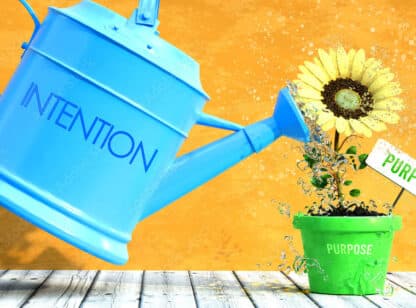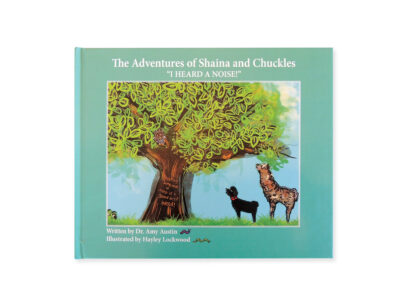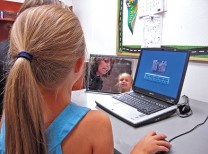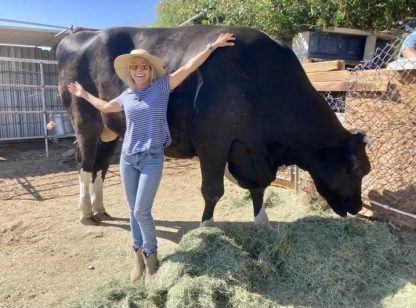There are no safe plastics. Products made with plastics contain harmful chemicals, and exposure to plastics and their toxic constituents can cause long-term health consequences in developing babies and children.
Certain types of plastics, such as BPA, have been banned in bottle nipples because of health concerns associated with BPA toxicity in infants.1 However, when BPA is removed from a product, it is often replaced with plastics just as harmful, but without as much research justifying its removal from exposure to children.2
Health concerns in children with higher exposure to plastics have been researched with conclusive evidence showing that exposure to plastics can cause behavioral, mood, hormone, and immune issues.3 Plastic made products, plastic coatings inside canned food, plastic water bottles, food wrap and food containers all leach harmful chemicals into the food they contain and are absorbed through the skin that touches them. The softer the plastic is, such as saran wrap, the more toxic and absorbable the chemicals in the plastic tend to be. Children’s products contain a range of types of plastics, and exposure to each type offers the risk of exposure to harmful chemicals.
Unfortunately, plastics are prevalent in all types of children’s products from toys to bed covers to food and beverage containers. Fortunately, there are now alternatives that are durable, lightweight, and non-toxic. It can be challenging and time consuming to replace children’s plastic products with less toxic, safer alternatives. Bamboo, a renewable environmental resource with little to no toxicity issues, is now being used in children’s wares such as cups, plates, and utensils. Bamboo wares have a natural coating that makes them easy to clean; they are lightweight, unbreakable and do not crack like glass or ceramics. Silicone-made bottle nipples and glass bottles are an alternative to typical plastic nipples and bottles. Thin stainless steel food storage containers, dry snack containers, and water bottles are convenient and non-breakable. Reusable fabric bags for snacks, sandwiches, and transporting wet items are not only easy to use and have low toxicity; they are also eco-friendly. Wood toys with low toxicity paints from companies such as Haba contain no plastic.
Today, toxic plastic exposure in children has become a greater concern to parents, scientific researchers, government agencies, and health care providers. It is important to pay attention not only to food quality, water quality, and the general safety of children, but also to their environmental chemical exposure. This begins first with replacing softer plastics used to store and transport food and beverages, then looking deeper at alternative toy and play products, plastic coated bedding products, and plastic coatings found in items like canned food. With some attention to avoiding plastics, and minimal research, there are many more convenient children’s products geared at reducing environmental toxic risk exposure in children.
Any amount of reducing a child’s daily exposure to plastic toxins can improve their long-term health.
Dr. Sinsheimer is a naturopathic doctor with Optimal Health Center in Palm Desert and can be reached at (760) 568.2598.
References: 1) “FDA bans BPA from baby bottles” www.onegreenplanet.org, (July 18, 2012). 2) Mariah Blake, “The New Scary Evidence on BPA-free Plastic” www.motherjones.com (April 2014). 3) Center for the Risks of Human Reproduction, NTP-CERHR Monograph on the Potential Harmful Reproductive and Developmental Effects of Bisphenol A (September 2008).














































Comments (0)